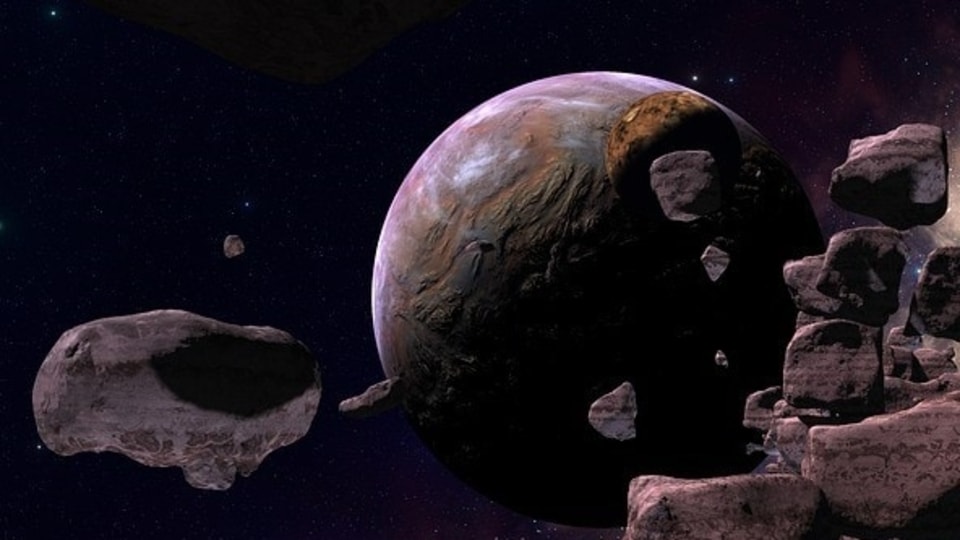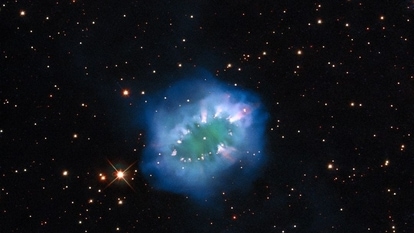Life on Mars? Check what NASA just found
NASA says recent findings by the Perseverance Rover suggest the presence of organic molecules on Mars and these are fundamental building blocks for life to be generated.







 View all Images
View all ImagesAfter years of hard work and the best of technology deployed to find any signs of life on Mars, NASA has some good news. NASA's Perseverance Mars Rover appears to have made a major discovery that could point towards life on Mars. What the rover has found, are signs of life on the Red Planet. The rover has been exploring Mars' Jezero crater for three years now, and recent findings suggest the presence of something incredible - organic molecules, which are fundamental building blocks of life.
Jezero Crater is considered an area of great interest due to its potential past habitability as it was an ancient lake basin and there is the presence of a diverse range of minerals there. Previous clues have already hinted at the planet's dynamic history. However, the latest discovery of organic compounds within Martian rock samples has stirred excitement among astrobiologists.
Organic compounds are composed of carbon and can include elements like hydrogen, oxygen, nitrogen, phosphorus, and sulfur. In the Máaz and Séítah formations on Mars, researchers found various classes of organic molecules arranged in different patterns.
According to Weather.com. scientists speculate that these patterns may have originated from water-related processes. The presence of these molecules in Martian minerals suggests their potential role in organic synthesis.
The discovery has sparked enthusiasm among scientists, as it may unveil chemical species that have not been identified by humans before.
What does study says?
The recent findings show the presence of a more complex organic geochemical cycle on Mars than previously understood. It suggests the existence of a huge store of potential organic compounds.
The study has detected signals consistent with molecules linked to aqueous processes, as reported by SciTechDaily.This indicates that water may have played a key role in the diverse range of organic matter on Mars.
In short, the key building blocks necessary for life may have existed on Mars for a far longer period than previously assumed.
However, researchers acknowledge that while these molecules are often considered building blocks of life, they could also be produced through non-biological processes. To establish a conclusive link between these organics and potential biosignatures of life, they must first eliminate any non-biological sources of origin.
To gain further insights into these hypotheses, efforts are underway to bring these enigmatic Martian rocks back to Earth and then decide once and for all whether these signs of life actually have some substance to them, or not.
Catch all the Latest Tech News, Mobile News, Laptop News, Gaming news, Wearables News , How To News, also keep up with us on Whatsapp channel,Twitter, Facebook, Google News, and Instagram. For our latest videos, subscribe to our YouTube channel.
































